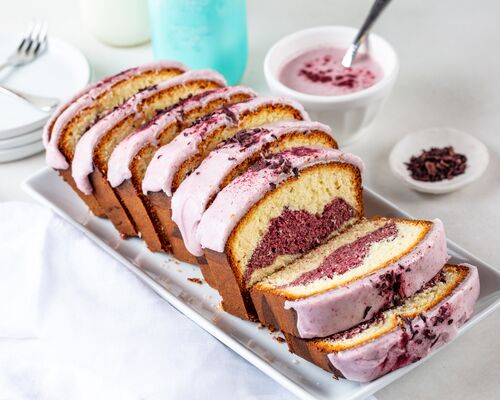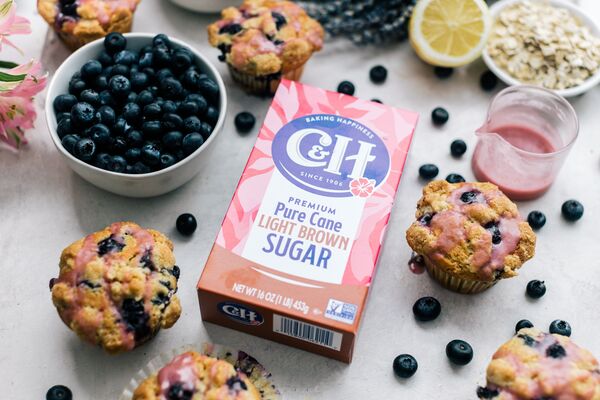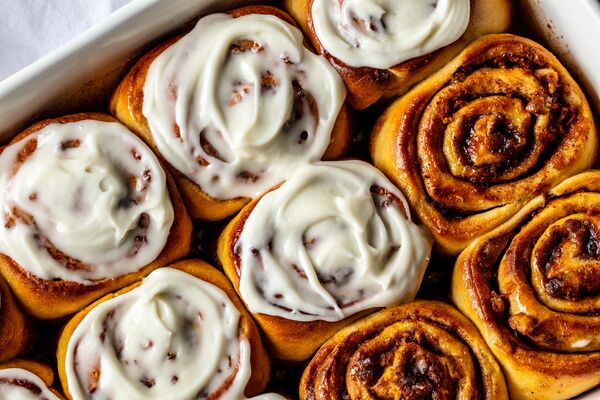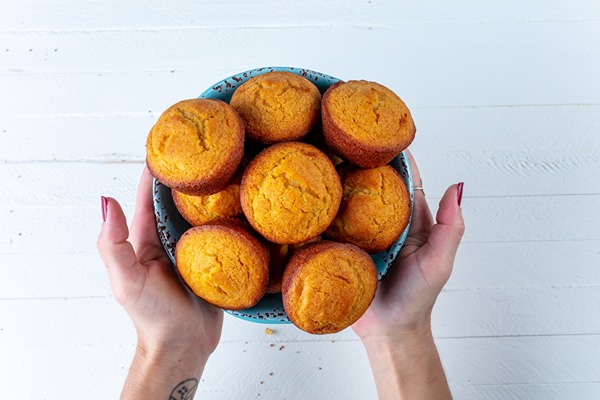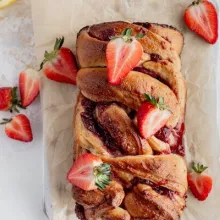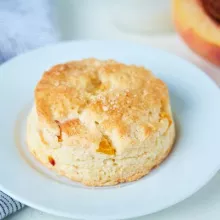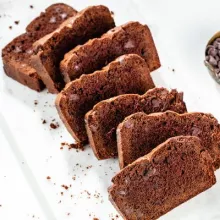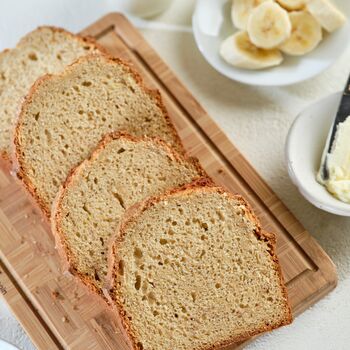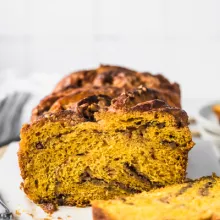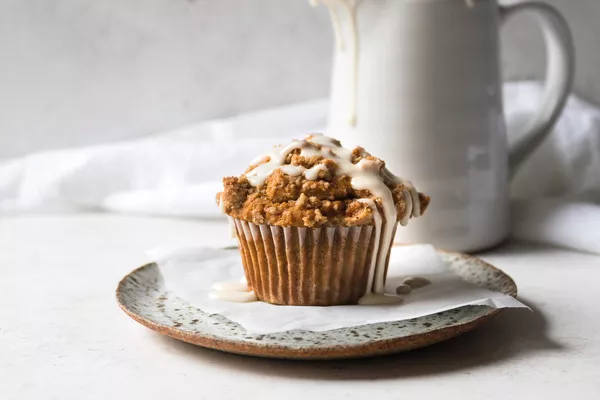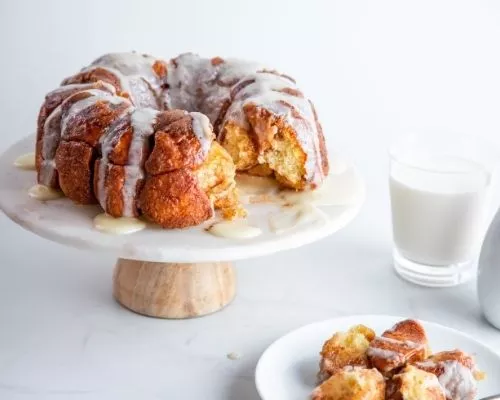
Categories: breads & muffins
Bread is delicious. Hearty, sweet, nourishing, it’s an integral part of the human diet. But, how does bread become that fluffy, yet crispy, mouthful of heaven you savor? This article explains some of the science behind the art of breadmaking. So, let’s dive in!
Breadmaking 101: The Basics SUBHEAD: E=MC Bread
Unlike other foods, breadmaking uses formulas as well as recipes. This may seem strange at first, but you will quickly discover that using formulas is highly useful when it comes to baking your bread. Bread- baking formulas use ratios (for example, 5:3 flour and water). This makes it easier to scale up and down the amount of bread you want to bake.
Bread-baking formulas also make it a lot easier to whip up different kinds of bread from memory.
Demystifying Yeast
One ingredient that often intimidates new bakers is yeast. What is this mysterious ingredient? To put it simply, yeast or “Baker’s yeast” is a tiny organism with a really big sweet tooth. Once added to your dough, it begins to eat the sugars naturally found in your dough, converting it to carbon dioxide gas. This gas byproduct creates air bubbles in your dough and gives it the ability to rise in the process known as “fermentation.”
The Process Of Fermentation
Fermentation takes place when a microorganism breaks down the chemical properties of a substance. As we discussed earlier, yeast accomplishes this by eating the sugars in your dough and by turning those sugars into carbon dioxide once it’s been activated. You can activate your yeast by hydrating it with warm water before adding it to your dough. Yeast manufacturers recommend dissolving 1 packet of yeast in ¼ cup of water around 110 to115 degrees Fahrenheit. Trying to activate yeast with cold water will delay it, resulting in the halting of your bread dough beginning to rise. If possible, avoid proofing at temperatures above 140 degrees Fahrenheit. This will harm the yeast and create inconsistencies in your loaf once it’s finally baked.
Transforming Your Dough Into Yummy Bread SUBHEAD Prepare To Bake Your Bread
Before baking, make sure you have a heat-proof dish to place your bread on. Then set your oven to the right amount of heat using an oven thermometer. The amount of heat to which you bake your bread will vary from formula to formula, either way, just make sure your oven is set to your desired temperature and place your bread inside. The result should be a loaf of bread that’s your intended shape and tastes like fresh-baked heaven.
Tips For Storing Your Fresh-Baked Bread
Whatever you do, don’t put your fresh-baked bread in the fridge or in a bread box after you’re done enjoying it. This will increase the staling process. Instead, wrap your loaf in foil or place it in a plastic bag. Then store it on a countertop. Storing your bread this way will likely make the bread’s crust go soft due to trapped moisture, but toasting is a good way to bring back some of the crust’s crunchy texture. Not going to eat your bread again for a while? Just wrap it in foil or plastic and place it in the freezer. It will taste just as good when you defrost it and eat it later on.

